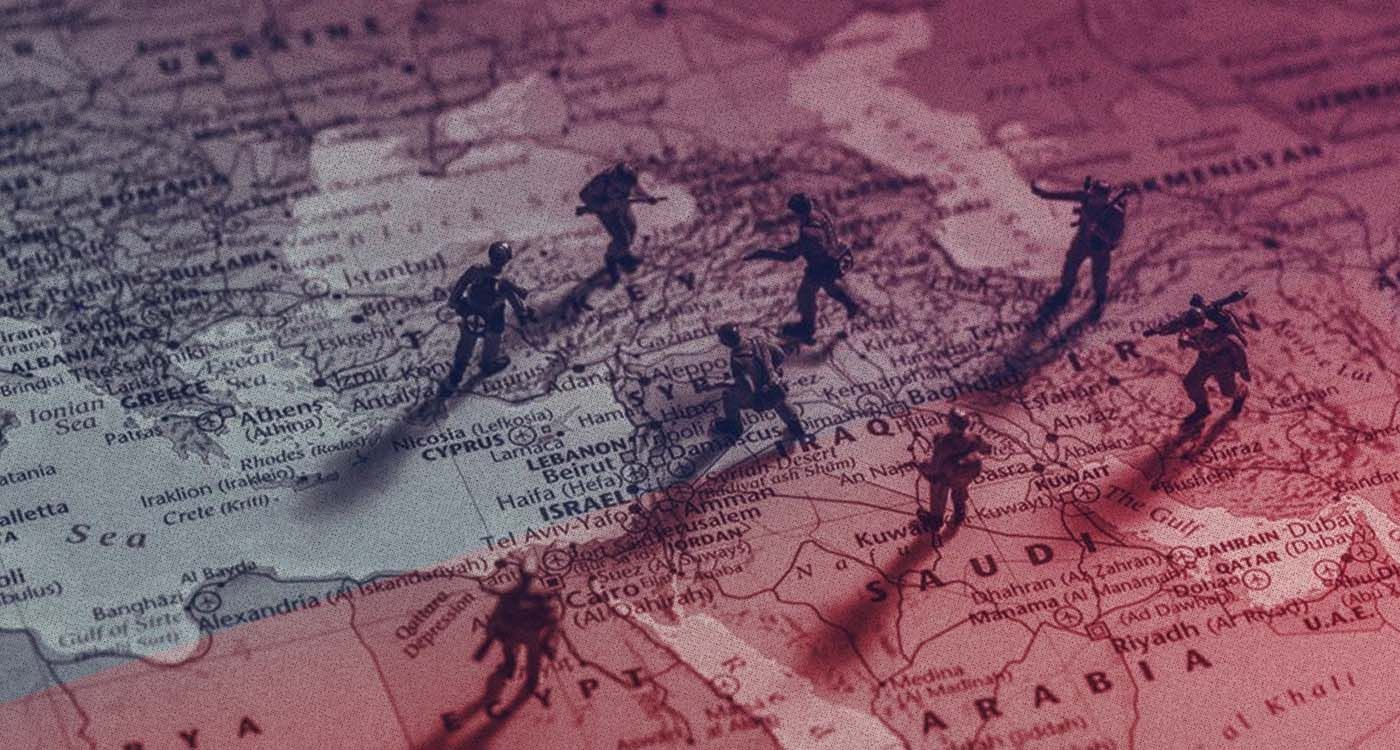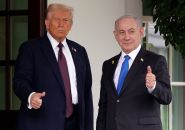- Home
- Middle East
- A Berlin Wall in the Middle East

©This is Beirut
Israel’s strike on Iran marked a decisive rupture in modern Middle Eastern history—closing the chapter that began in 1979 and launching a new era in real time.
October 7, 2023, was a pivotal moment for Israel, prompting a campaign of unrelenting confrontation against armed factions across the region—from Hamas to Hezbollah to the Houthis. But the events unfolding now go far beyond military strategy. They are reshaping global alignments, redrawing the contours of international diplomacy and dismantling the Iran-led axis that has defined regional politics for decades.
This moment is comparable in scale and symbolism to the fall of the Berlin Wall in 1989—a collapse that reordered the world. Likewise, this strike may trigger the emergence of a new regional order: one led by American-Israeli influence, anchored in normalization with Gulf states and likely to expand across the Arab world. Even regimes once considered outside that fold—like Syria, possibly under an el-Chareh-led government—are signaling openness to this shift.
The Deeper Meaning Behind Iran’s Collapse
What stands out most in everything unfolding today is the broader dimension that stretches back to the Islamic Revolution in Iran—pointing to a much longer-term strategy. This is not about promoting theories or conspiracies, but rather raising legitimate questions within this context.
The October 7 operation (al-Aqsa Flood) took place just hours after Saudi Crown Prince Mohammed bin Salman announced his country’s willingness to engage in talks to join the Abraham Accords. At the time, many interpreted the attack on Gaza as a response to Saudi Arabia and a rejection of normalization. But what is happening today suggests that it may, in fact, have been a green light to begin clearing the region of all armed resistance movements and to fling the doors of peace wide open across the Middle East.
The end and collapse of the Iranian regime would, in many ways, mean that everything that has happened since 1979 is now part of the past—a message in the long arc of historical transformation. Its purpose had been to frighten the Sunni Arab world with something, both politically and militarily, even more threatening than the Hebrew State: The Persian Shia expansionist project, which aimed to dominate the Middle East’s resources and impose its nuclear program on all the peoples of the region.
Iran had reached an advanced level of control over Lebanon, with its military proxies handling all major affairs in a decisive and forceful manner. The end of its era today marks a new page in human history, closing nearly half a century of the Khomeinist age and what followed. Maps may change, alliances may shift, and peoples may move—but in the grand sweep of history, all of that becomes mere detail.
Read more




Comments